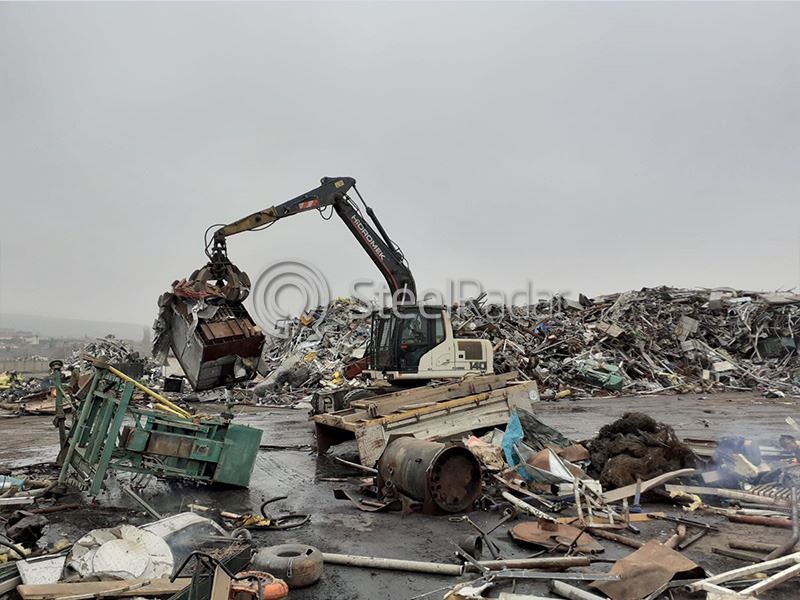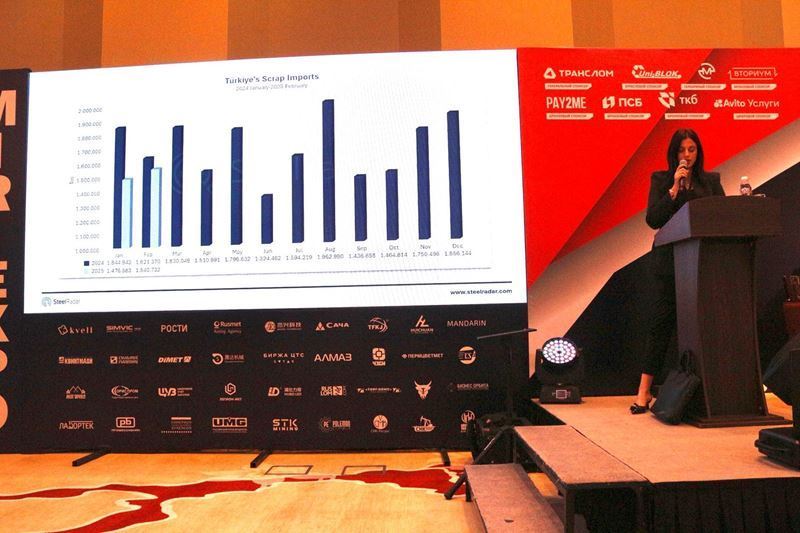In a challenging turn of events, U.S. bulk scrap exporters are grappling with escalating freight rates, attributed to sluggish inbound flows and intensified competition from domestic mills. The situation has been exacerbated by congestion at the Panama Canal, stemming from low water conditions, which has strained vessel availability. As a consequence, some dry bulk ship operators are compelled to choose longer routes through the Strait of Magellan, the Cape of Good Hope, or the Suez Canal.
The extended transit times are further compounded by heightened demand from grain shippers following a robust U.S. corn harvest. Additionally, vessel congestion in Brazil has limited the availability of ships. Supramax rates for bulk scrap cargoes traveling from New York to Turkey have surged to a minimum of $40 per ton this week, marking a significant uptick from the $34-35 per ton range observed in mid-November.
Market observers anticipate a continued rise in rates in the near term, with some predicting fixtures in the mid-$40 per ton range shortly. Faced with soaring freight costs and narrow profit margins, exporters are now compelled to pass on these increased expenses to end users in the global seaborne market.
The fourth quarter has proven to be particularly challenging for U.S. bulk exporters. Shippers initially sold into a declining Turkish ferrous scrap market in October, only to find themselves collecting against these lower-priced sales while seaborne pricing to Turkey abruptly recovered throughout November.
This market turbulence squeezed exporter margins, with the spread between collection prices for average #1 HMS scrap and average east coast FOB bulk HMS 1/2 80:20 prices falling to $51 per ton in late October. To mitigate the impact on margins, exporters have strategically moderated increases in dockside collection prices along the East and Gulf coasts while concurrently reducing the number of bulk sales. The evolving situation underscores the intricate challenges facing the U.S. bulk scrap export industry amid dynamic global supply chain conditions.











Comments
No comment yet.